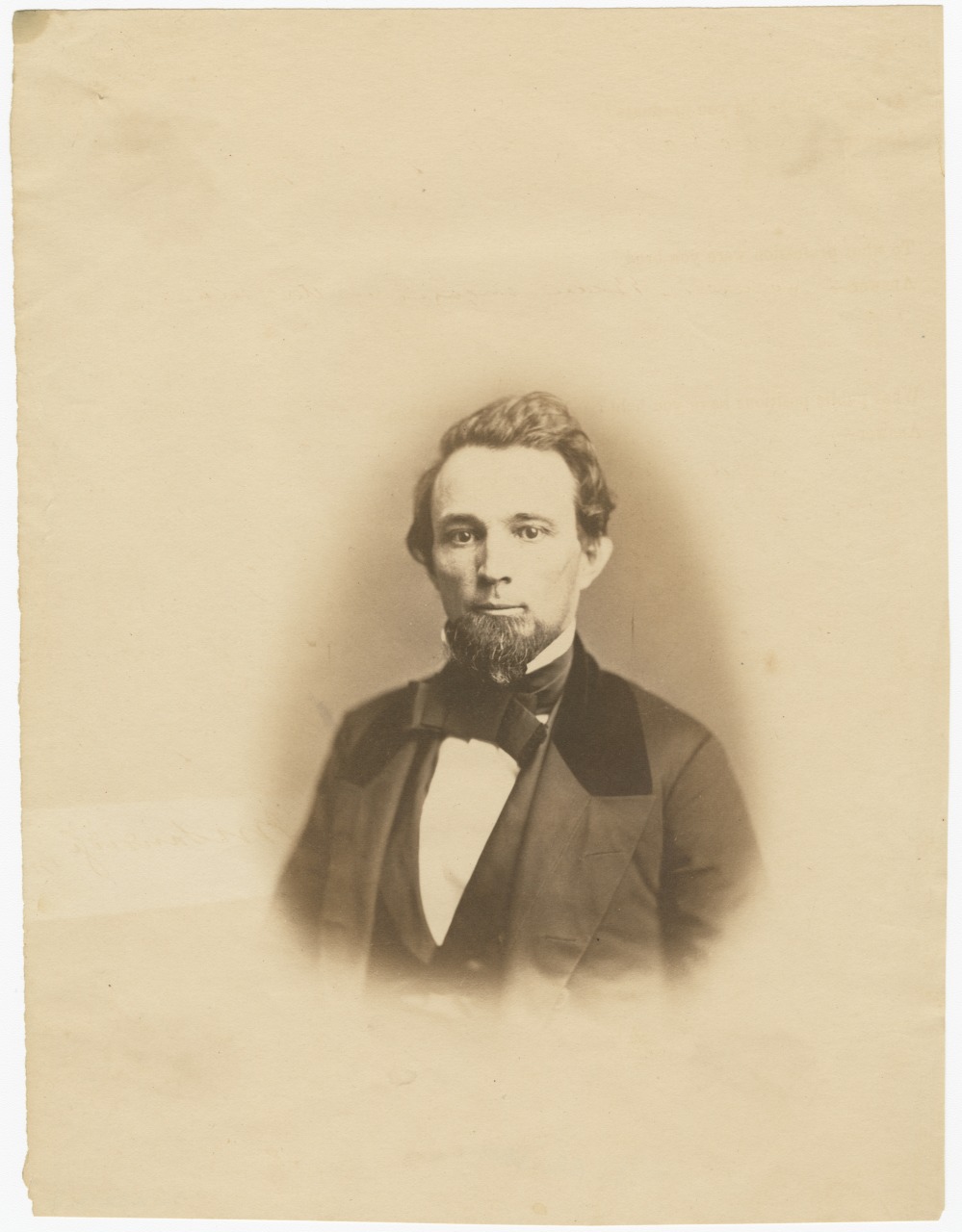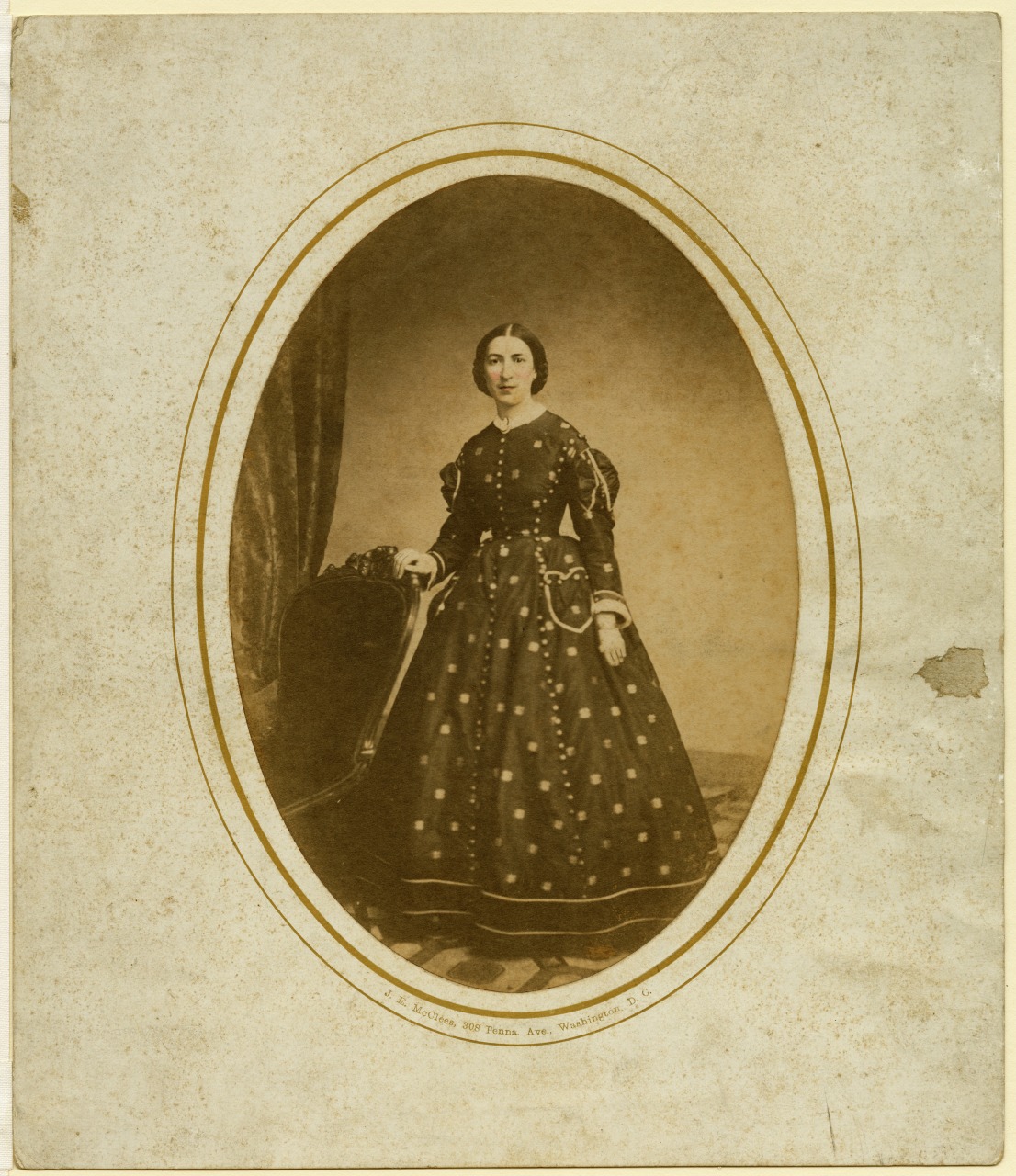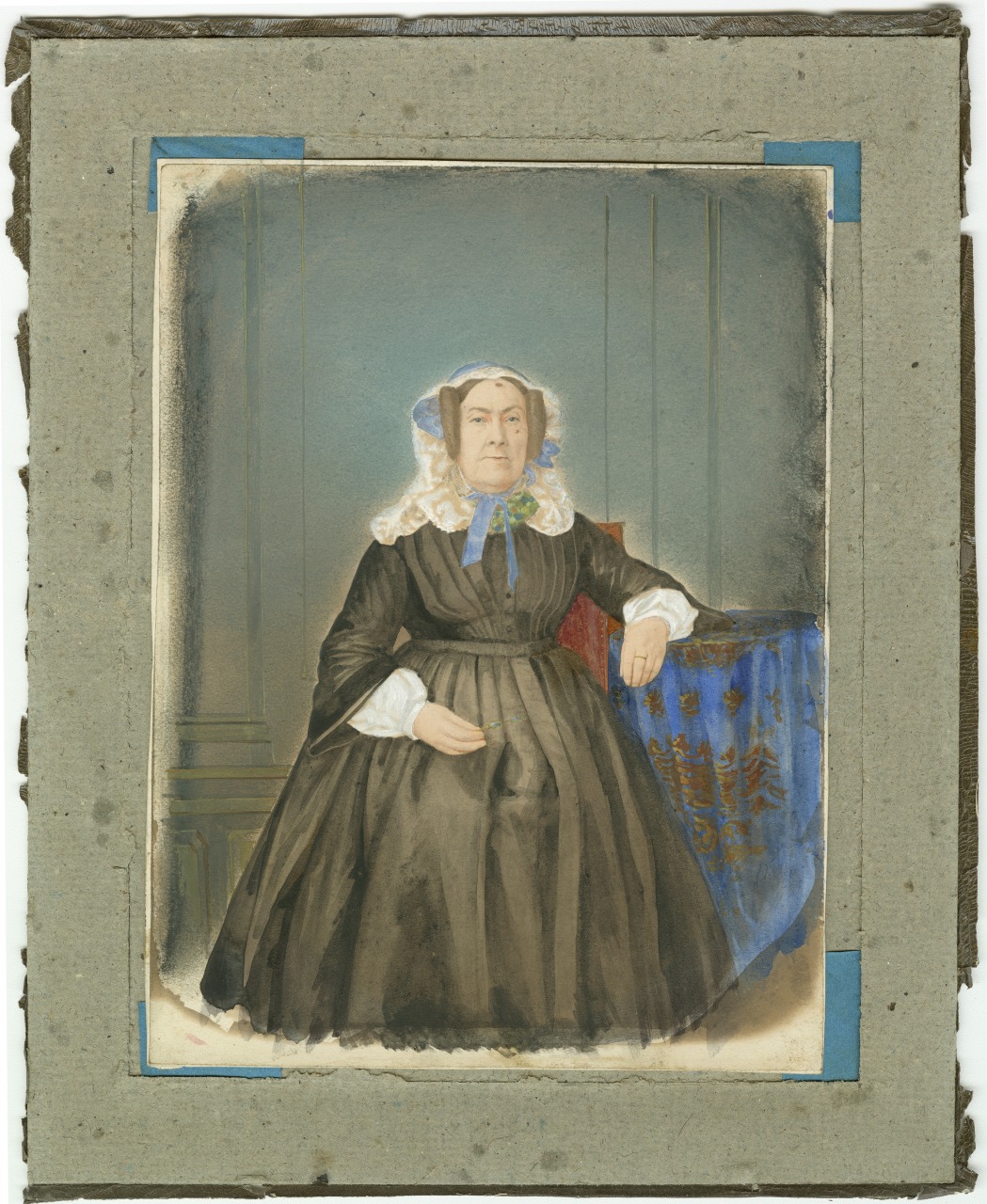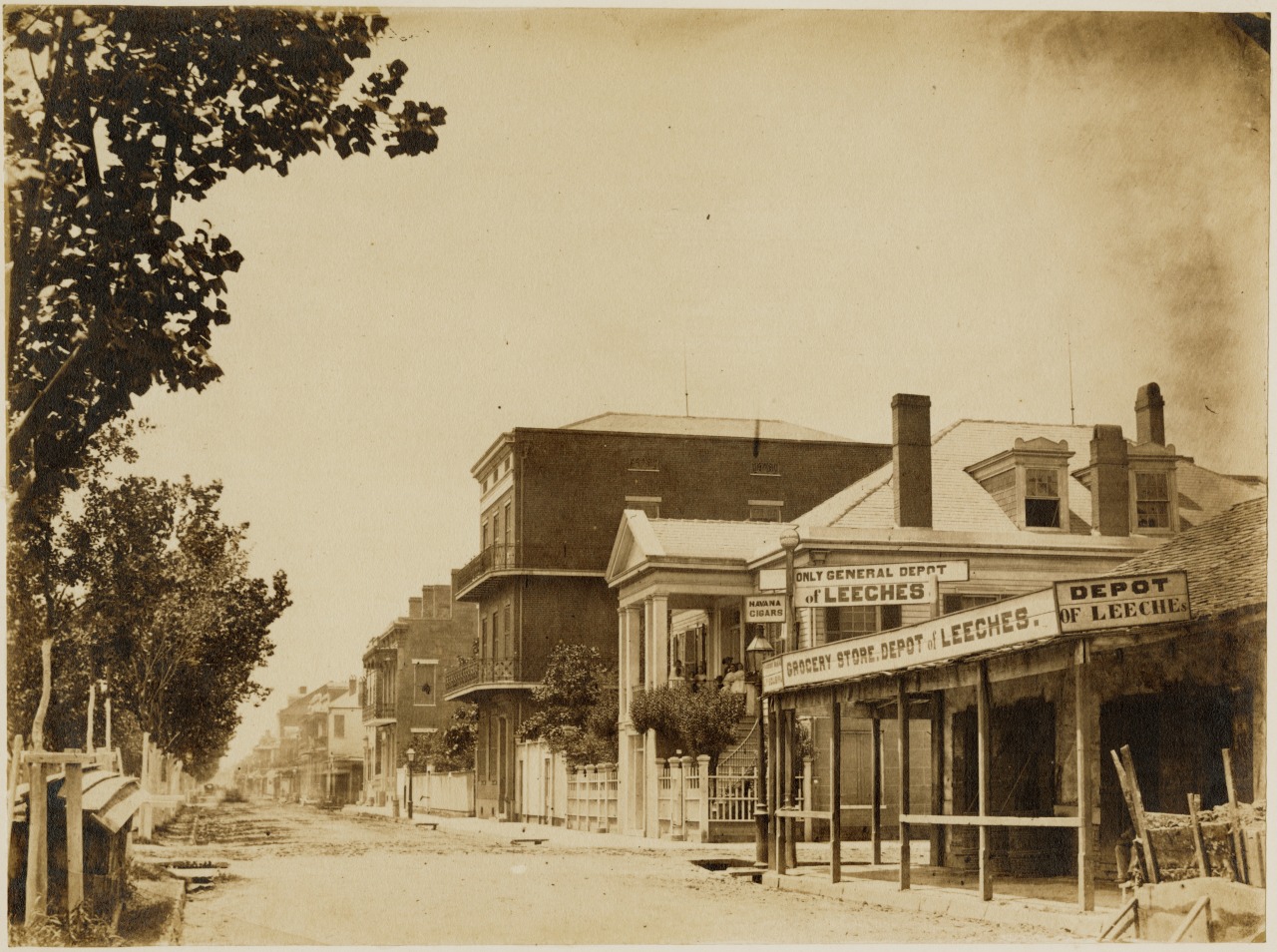William Henry Fox Talbot of England is credited with the discovery of the salted paper process. During his honeymoon to Lake Como, Italy, in 1833, he was disappointed by the inadequacy of his drawings in capturing the full beauty of the region. Talbot’s work to address this shortcoming began in earnest after that trip, and in 1839 he presented his new method in a paper to the Royal Society of London, titled Some Account of the Art of Photogenic Drawing or the Process by Which Natural Objects may be Made to Delineate Themselves Without the Aid of an Artist’s Pencil. He patented the process in 1841.
The salted print process was the first to create a positive image from a negative, thereby allowing for ease of reproduction. While light-sensitive chemicals had been experimented with for decades, Talbot’s discovery solidified the salted paper process as a viable photographic print method. It is the progenitor of all silver-based printing-out processes.
The salted paper method involves “printing out,” meaning the image is formed by light rather than developed out with chemicals. The chemistry involves solutions of sodium chloride (table salt) and silver nitrate, which, when combined, convert to light-sensitive silver chloride. This is brushed onto paper in a room that is dark or has subdued lighting. Contact printing, or pressing a negative or object directly to the paper surface and exposing it to light—historically sunlight—produces the image. After exposure, the paper is submerged in a salt bath to remove excess silver and stop development. The print is then rinsed under running water for fifteen minutes.
The process produces an image with a reddish-brown color. A toning bath, typically containing gold, could be employed at this stage to change the color. Salted paper prints require a fixer, such as sodium thiosulfate—also called hypo—to keep the image from fading. A final wash is needed to rid the paper of extraneous chemicals.

William Jasper Blackburn, representative from Louisiana, Fortieth Congress
salted paper print; ca. 1865
by James E. McClees
The Historic New Orleans Collection, 75-232-L.2

Sara Knox Wood
salted paper print; between 1857 and 1860
by James E. McClees
The Historic New Orleans Collection, 1981.199.17

Grand-mère de Puech
salted paper print with watercolor and gouache; ca. 1865
by an unknown photographer
The Historic New Orleans Collection, gift of Nancy La Fonta de Saintegeme in memory
of her mother and family in New Orleans, 2004.0186.1

J. B. Soubiran grocery store, downriver side of Esplanade Street
salted paper print; between 1857 and 1860
by James Dearborn Edwards
The Historic New Orleans Collection, 1982.167.11
